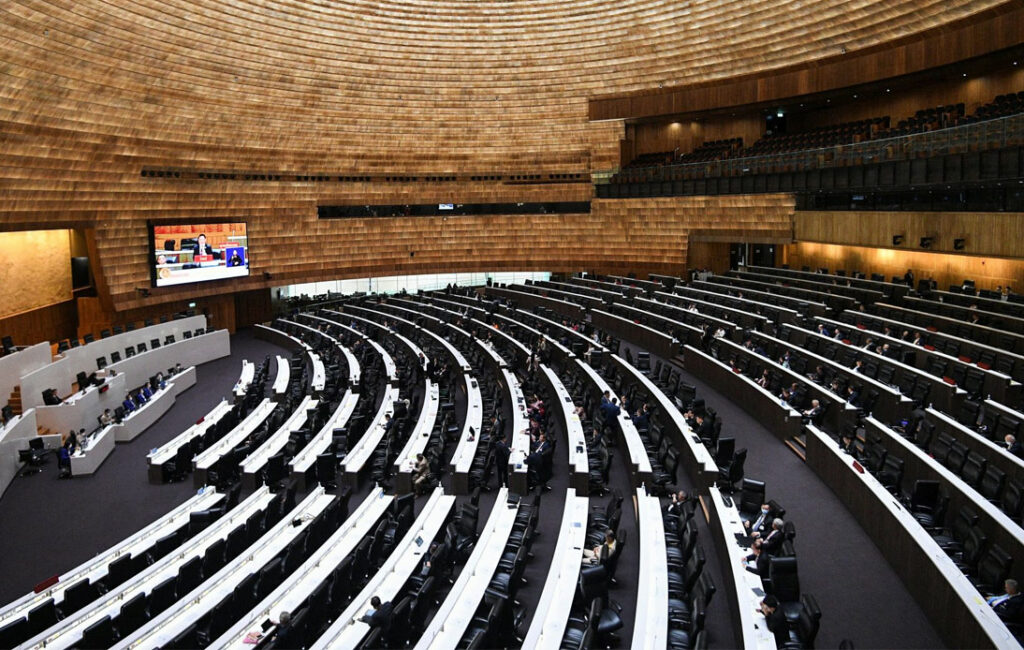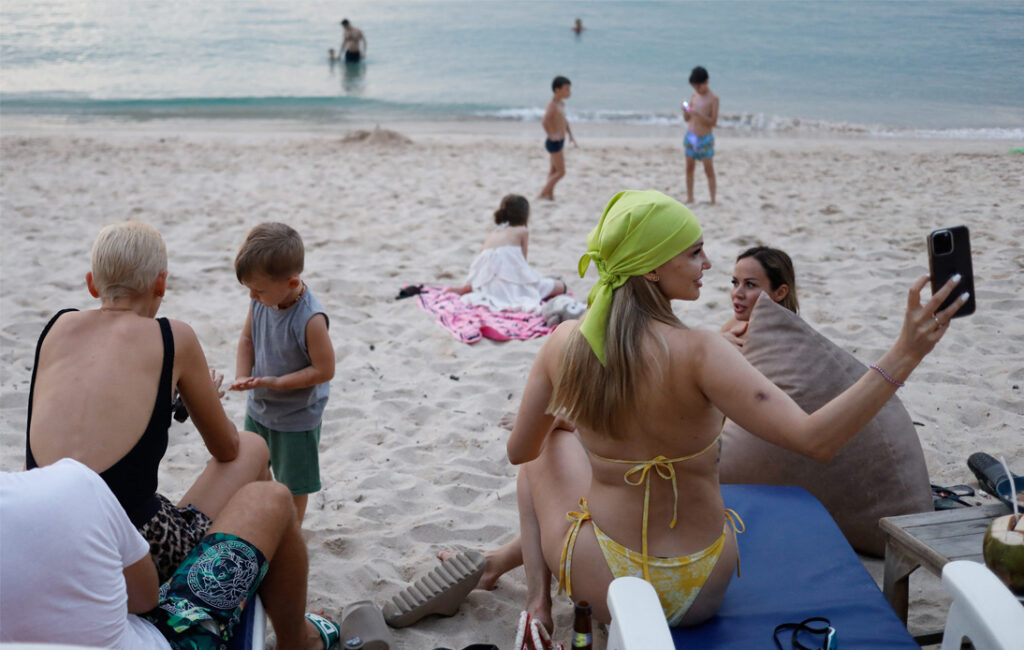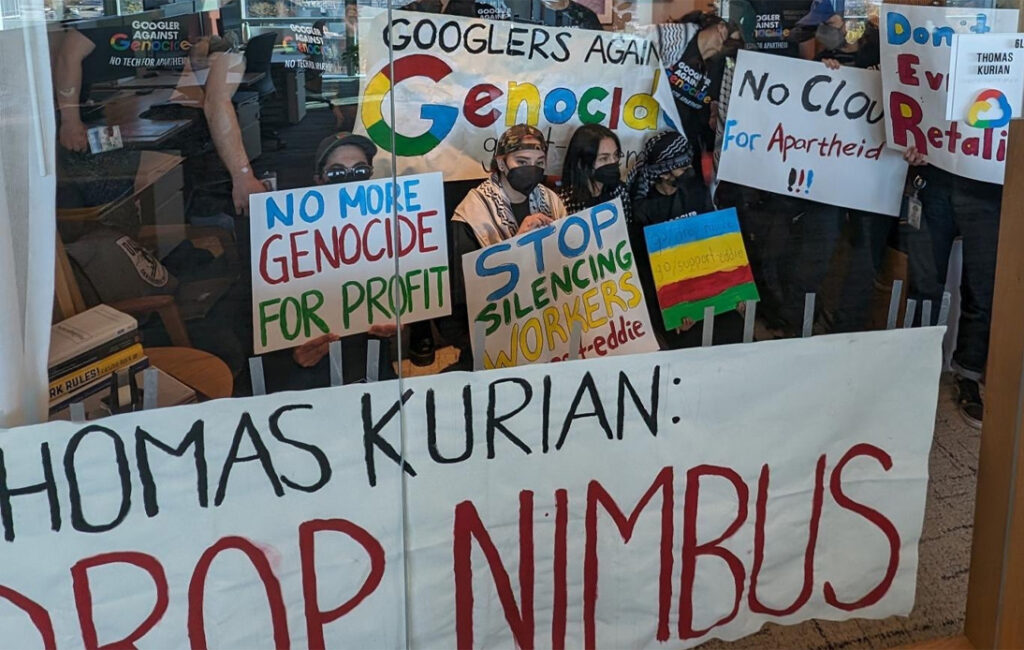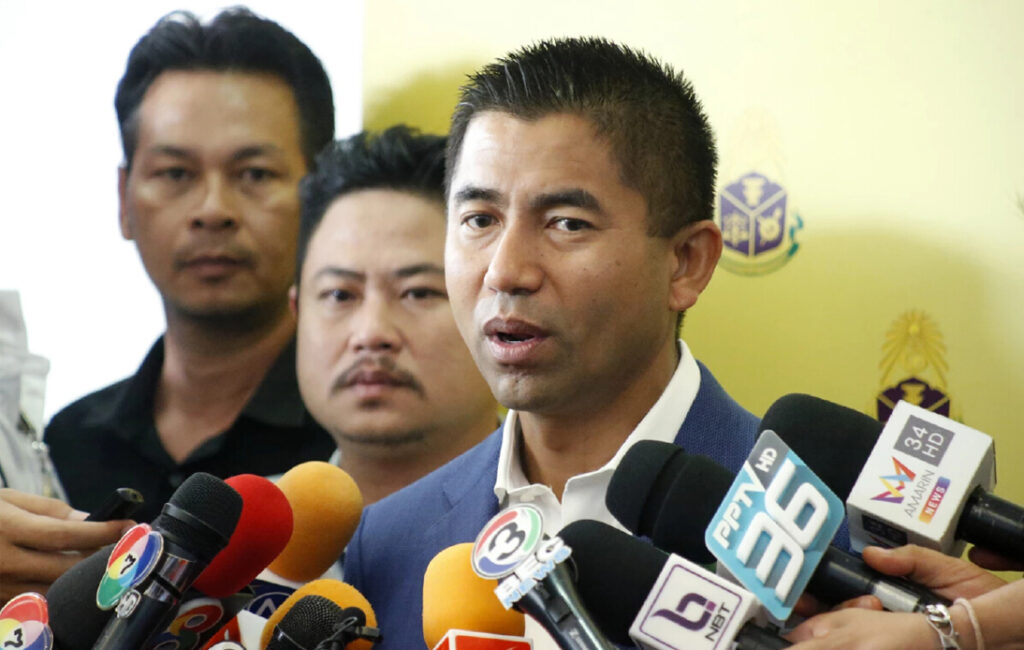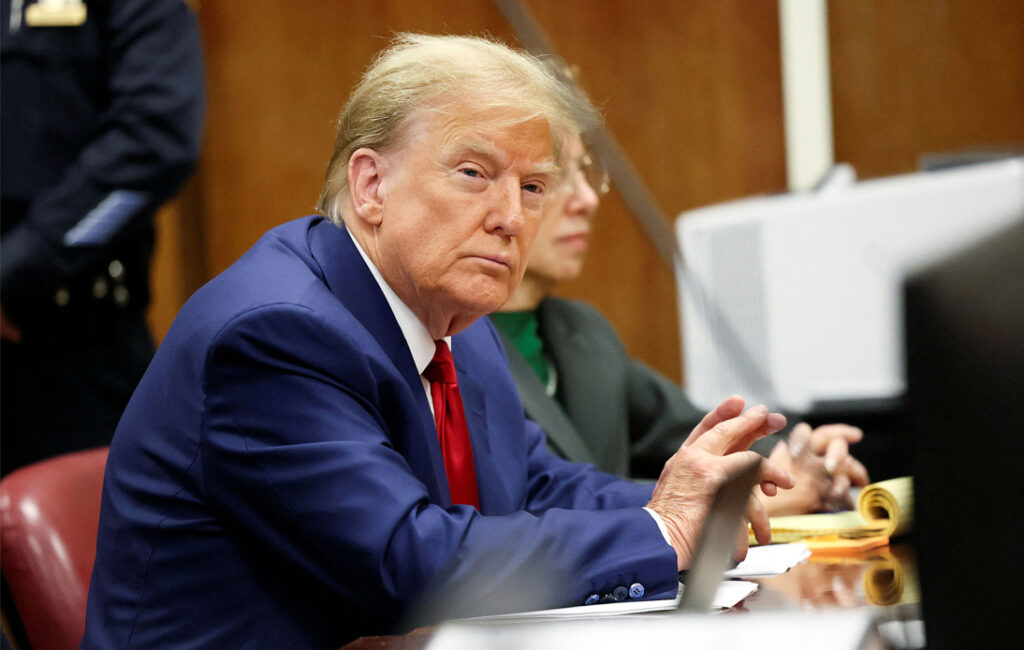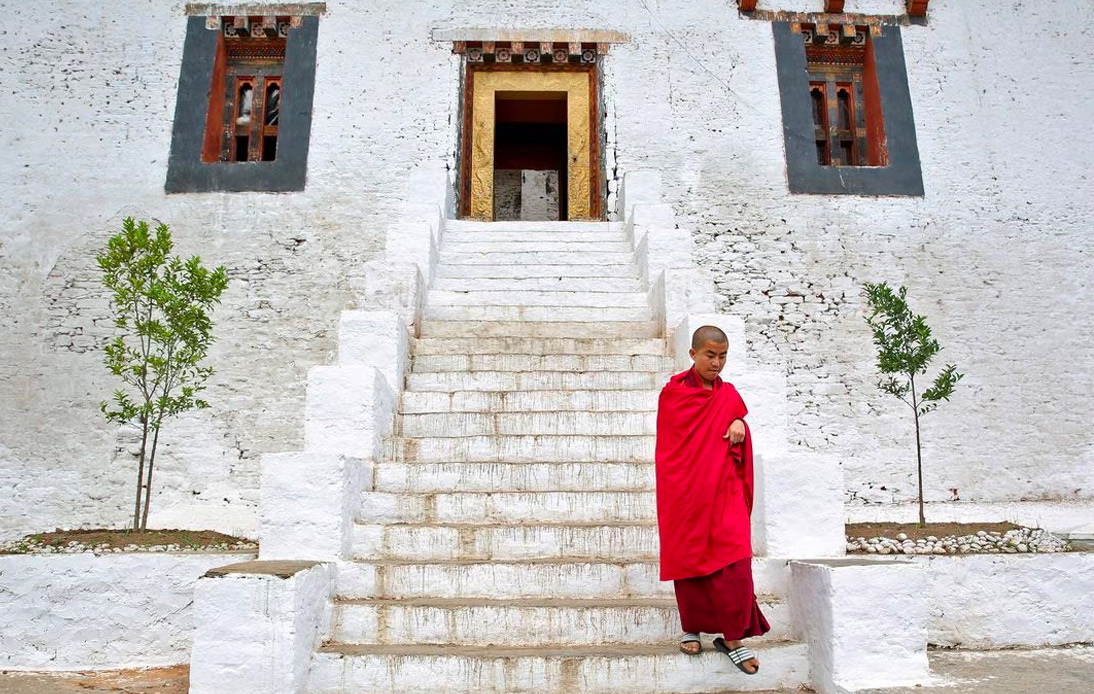
The Himalayan kingdom of Bhutan is implementing measures to revive its tourism industry, which is still recovering from the impact of COVID-19 restrictions.
To boost the tourism industry, Bhutan has opted to cut the daily tourist fee by fifty percent, aiming to entice visitors and strengthen an economy that deeply relies on this sector.
Notably, after a two-year span of COVID-imposed restrictions that ended last September, Bhutan introduced a “Sustainable Development Fee” of $200 (approx. THB 7,000) per tourist per night.
The increased fee was rationalized as a move to balance the carbon emissions produced by incoming guests.
Yet, with the tourism sector struggling to rebound, the government has declared a fee decrease to $100 (approx. THB 3,500) per night, starting from September and set to continue for a period of four years.
The government highlighted the importance of the tourism industry in terms of generating employment, securing foreign exchange, and boosting the overall economy.
In an announcement, authorities conveyed their optimism that this move would yield positive outcomes for the industry, given its crucial role it plays in Bhutan’s economy.
Traditionally isolated, Bhutan welcomed tourists in 1974, initially receiving a mere 300 individuals. Over the year, this figure surged to 315,600 visitors in 2019, marking a 15.1% growth compared to the year before, based on official records.
The nation, however, has consistently adopted a cautious approach to mass tourism, even barring mountain climbing to preserve its mountainous purity.
The tourism fee has thus functioned as a filter, limiting arrivals to a select group of high-expenditure tourists, differentiating it from neighboring country of Nepal.
Even with this strategy, Bhutan is currently working to amplify tourism’s role in its $3 billion economy, with goals to increase its share from roughly 5% to 20%.
Dorji Dhradhul, chief of the Tourism Department, spotlighted the potential impact of the fee cut, especially during the main tourist season spanning from September to December.
This timeframe includes numerous spiritual and cultural celebrations in the primarily Buddhist nation.
At the beginning of this year, the government eased rules about tourist stays and charges, but the expected influx in tourist count didn’t materialize as expected.
Dhradhul shared that about 56,000 tourists came to Bhutan from January onward; however, a large segment of these—close to 42,000—were Indian citizens who benefit from a lower fee of $14.5 (approx. THB 500) daily.
Tourism is a pivotal component of Bhutan’s job market, offering employment to roughly 50,000 residents. Prior to the health crisis, this industry contributed approximately $84 million annually in foreign revenue for the nation over a three-year period.
As Bhutan grapples with the pandemic’s hurdles and aims to revitalize its tourism sector, the cut in tourist charges is a proactive initiative to reach these goals.





